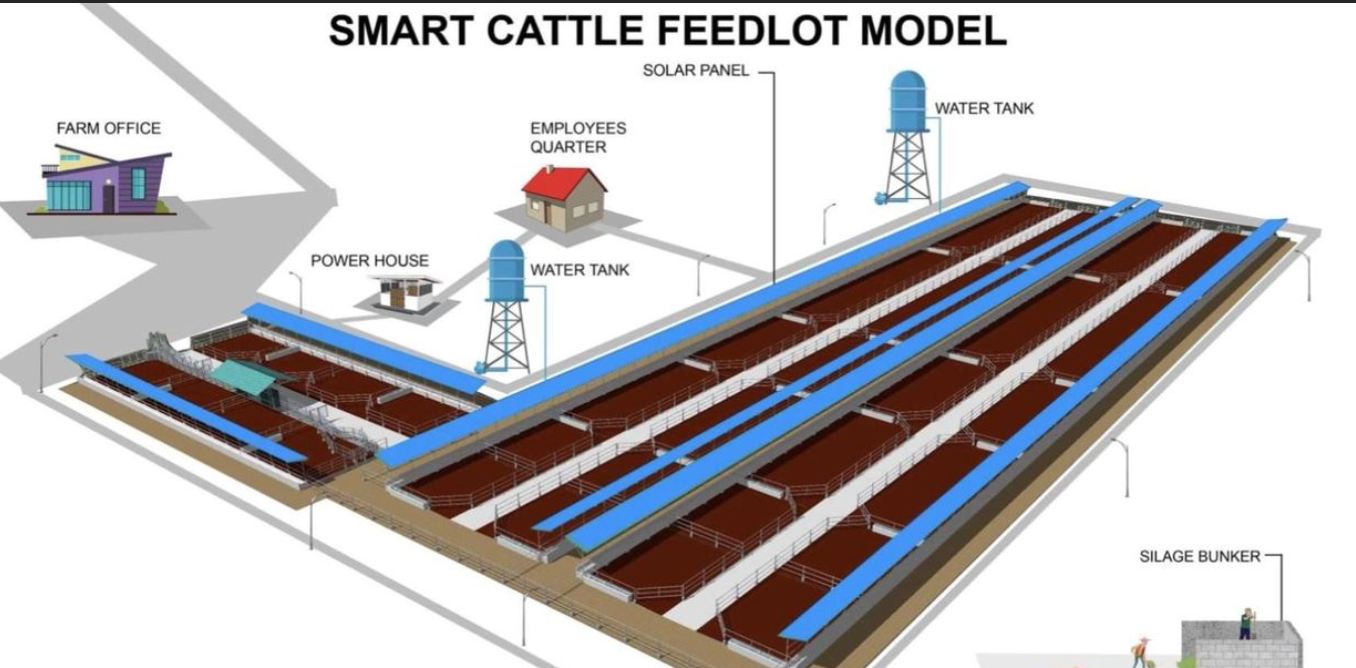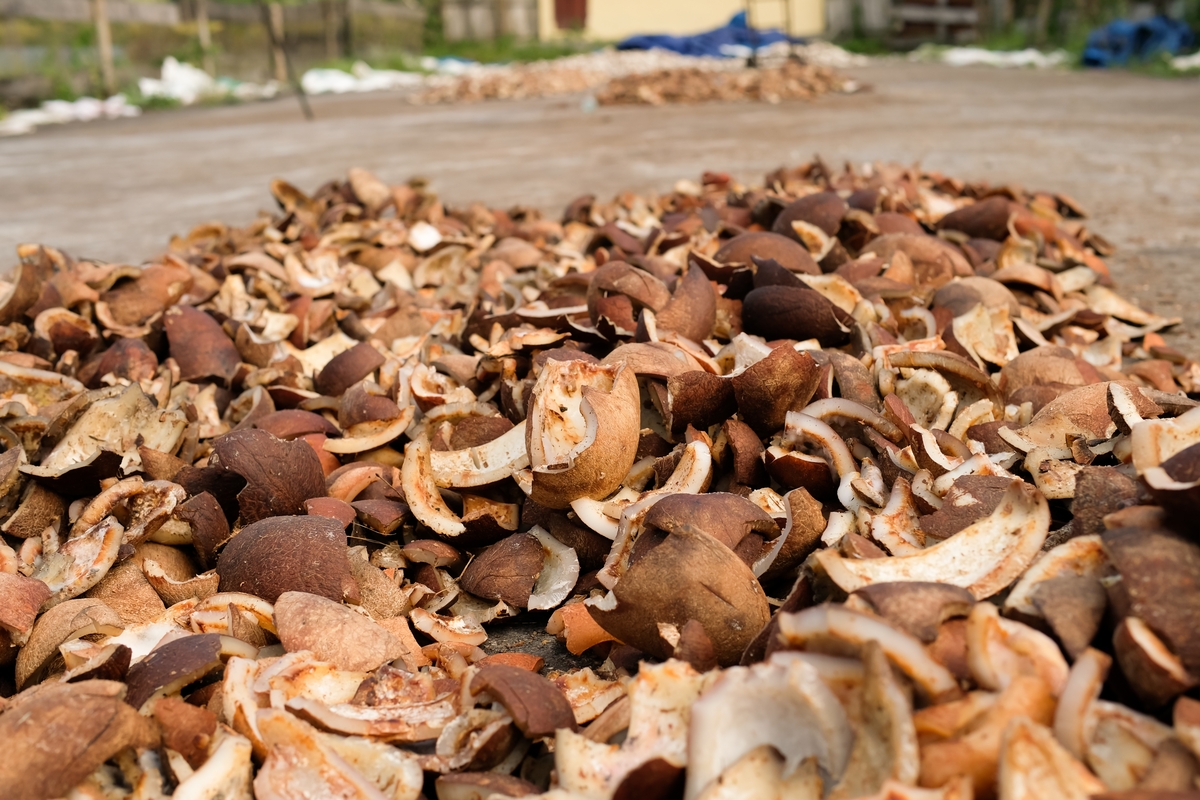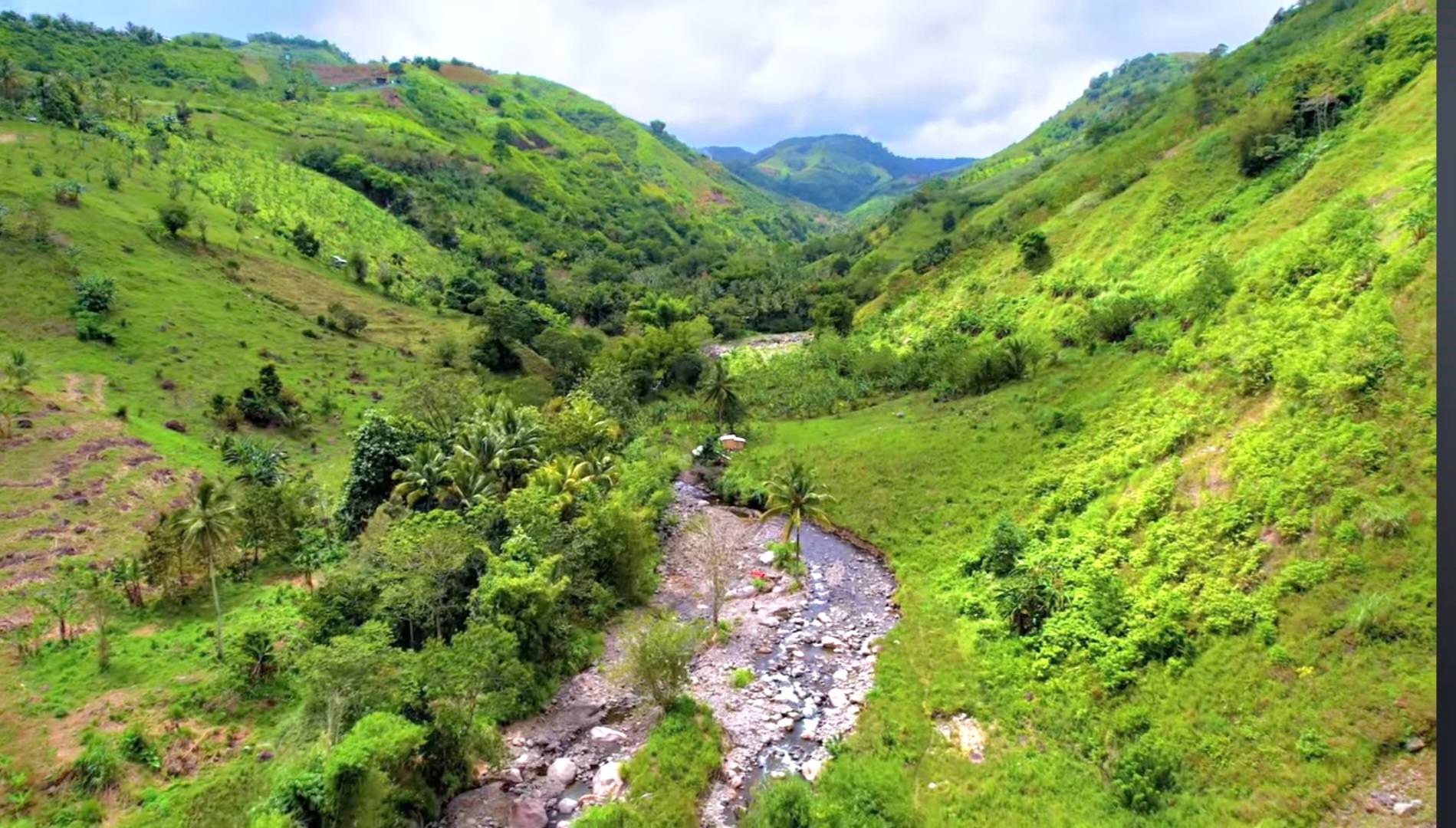Agriculture
Yes, We Can Raise Cattle In Small Confined Feedlots
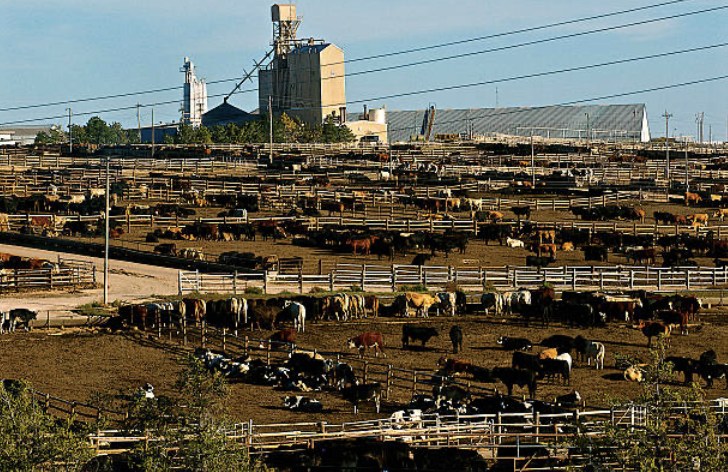
Agriculture
Presyo sa Kopras, Hina-Hinay nga Misaka!
Agriculture
Bamboo Farming To Protect Rivers & Lift Tribal People From Poverty!
Agriculture
Freshwater Lobster Farming Eyed In Bangsamoro Marshlands
-
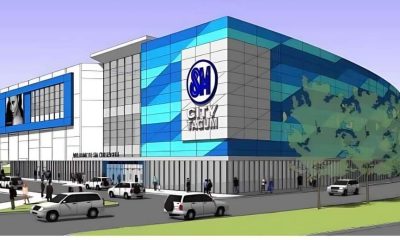
 Business8 months ago
Business8 months agoSM City Tagum, the New SM Mall Expansion in Mindanao, Now Under Construction
-
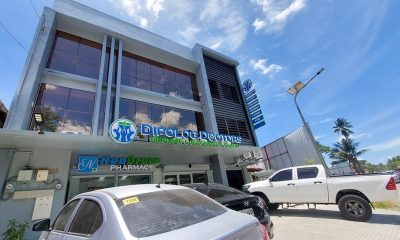
 Dipolog12 months ago
Dipolog12 months agoDipolog Doctors Medical and Diagnostic Clinic is now ready to serve you!
-

 Dipolog1 year ago
Dipolog1 year agoExploring Labason: A Blend of Hospitality, Culture, and Natural Beauty
-
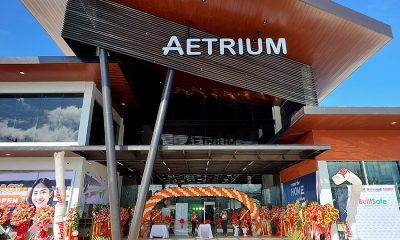
 Business1 year ago
Business1 year agoNew Shopping Center in Dipolog is now Open!
-

 Dipolog1 year ago
Dipolog1 year agoIntroducing BLUETTI Portable Power Stations: Your Reliable Source of On-the-Go Power, Now Available in Dipolog City
-
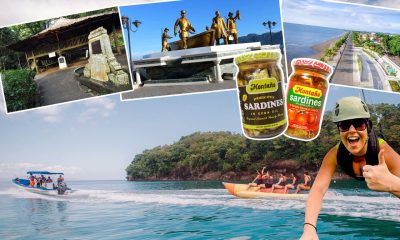
 Dipolog1 year ago
Dipolog1 year agoExplore Zamboanga del Norte: A Day of Discovery
-

 Business8 months ago
Business8 months agoSM City Davao Expands: Largest SM Mall in Mindanao to Feature National University
-
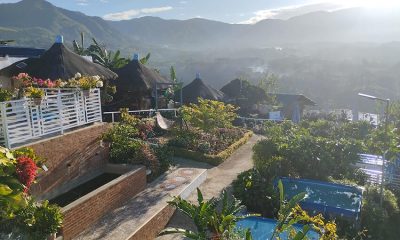
 Dipolog1 year ago
Dipolog1 year agoExperience the serene coldness of Sergio Osmeña’s highlands at Acis Hillside


